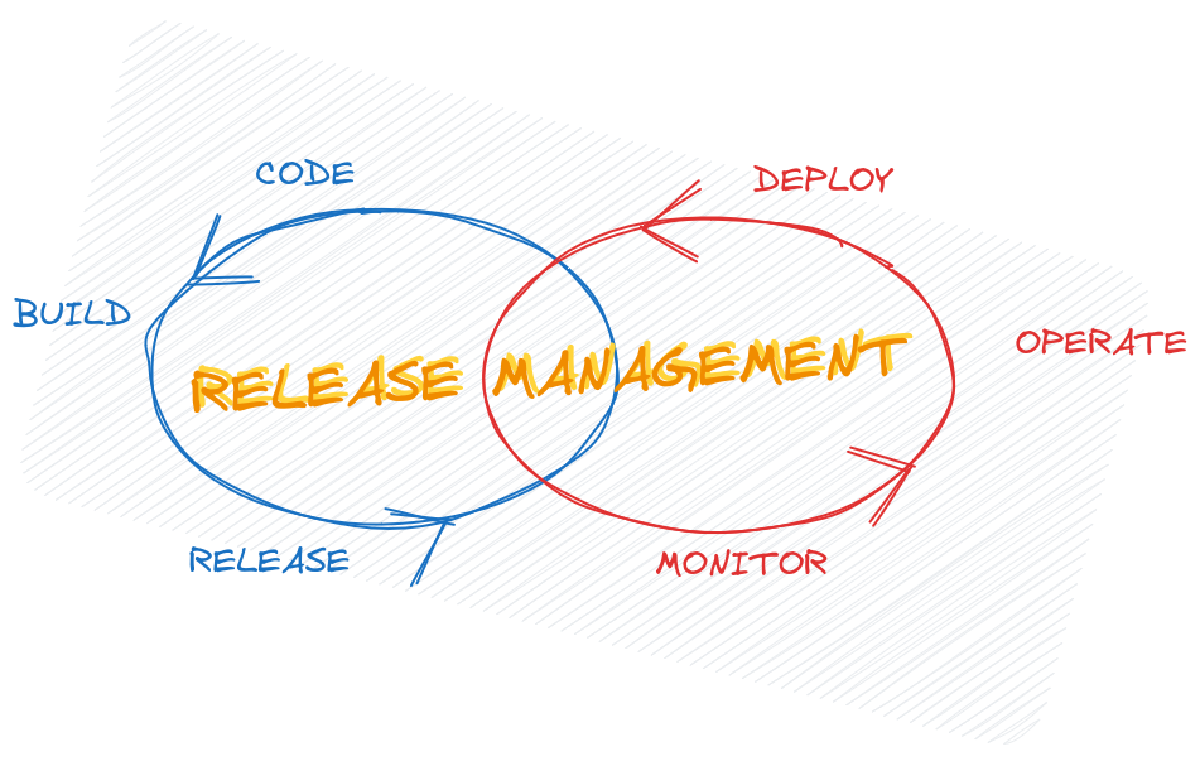Release management is a crucial aspect of software development that governs how new features, updates, and bug fixes are delivered to end users. Two primary approaches dominate the landscape: Scheduled Releases and Continuous Deployment. Each method has its own set of advantages, disadvantages, and suitable use cases. Understanding these differences can help teams choose the right strategy for their specific needs.
Scheduled Releases#
Scheduled releases refer to a traditional approach where software updates are planned, developed, tested, and released according to a pre-determined schedule. These releases might occur weekly, monthly, or even quarterly, depending on the organization’s strategy and the nature of the product.
Use Cases#
- Enterprise Software: Large-scale enterprise applications, where stability is critical, often rely on scheduled releases. These applications have complex dependencies, and any change needs thorough testing to avoid disruptions.
- Regulated Industries: In industries such as finance, healthcare, or aerospace, where regulatory compliance is strict, scheduled releases are preferred. This ensures all changes are fully documented, reviewed, and approved.
- Feature-Rich Updates: When a significant number of new features or major changes are bundled together, scheduled releases are ideal for managing the complexity.
Pros#
- Predictability: Scheduled releases offer a clear timeline, allowing teams to plan development, marketing, and customer support activities around the release dates.
- Comprehensive Testing: With a fixed schedule, there is ample time for thorough testing, including regression, integration, and user acceptance tests, ensuring a stable product.
- Change Management: Organizations can manage and communicate changes effectively, as the release content is known well in advance.
Cons#
- Long Feedback Loops: Since releases are infrequent, feedback from users on new features or fixes can be delayed, slowing down the iteration process.
- Pressure to Meet Deadlines: Teams may rush to meet release deadlines, potentially compromising quality or overlooking critical issues.
- Resource Intensity: Coordinating large, complex releases can require significant resources and effort, leading to burnout or inefficient use of development time.
Continuous Deployment#
Continuous deployment (CD) is a modern approach where code changes are automatically released to production as soon as they pass automated testing. This method relies heavily on DevOps practices, automation, and robust testing pipelines.
Use Cases#
- SaaS Products: Software-as-a-Service (SaaS) platforms, especially those with a large, diverse user base, benefit from continuous deployment, as it allows rapid delivery of features and bug fixes.
- Startups and Agile Teams: For organizations prioritizing speed and flexibility, such as startups, continuous deployment aligns well with the need to iterate quickly and respond to user feedback.
- Microservices Architecture: When software is composed of independent, modular microservices, continuous deployment allows each service to be updated and deployed independently, reducing the risk of large-scale disruptions.
Pros#
- Rapid Feedback: CD enables almost immediate user feedback, allowing teams to iterate quickly and improve the product continuously.
- Higher Release Frequency: Features, improvements, and bug fixes can be delivered as soon as they are ready, keeping the product fresh and responsive to user needs.
- Reduced Risk: Smaller, more frequent releases mean that potential issues are isolated and easier to identify and fix, reducing the risk of large-scale failures.
Cons#
- Increased Complexity: Implementing CD requires significant investment in automation, monitoring, and testing infrastructure. Ensuring that every deployment is safe demands a mature DevOps culture.
- Potential for Instability: Without rigorous testing, frequent releases can introduce instability or unexpected issues in production, especially if changes interact in unforeseen ways.
- User Fatigue: Constant updates can overwhelm users, especially if the changes are not well communicated or if users need to adapt frequently to new features or interfaces.
Choosing the Right Approach#
The decision between scheduled releases and continuous deployment should be guided by the nature of the product, the organizational structure, and the market’s needs.
- Scheduled releases are ideal for organizations that prioritize stability, have complex compliance requirements, or need to manage large, feature-rich updates.
- Continuous deployment is best suited for teams that prioritize speed, flexibility, and the ability to respond quickly to user feedback.
In practice, many organizations may find a hybrid approach works best, using scheduled releases for major updates while employing continuous deployment for smaller, incremental changes or specific components.
Ultimately, the goal of any release management strategy is to deliver high-quality software that meets user needs, whether that’s through carefully planned releases or the rapid iteration enabled by continuous deployment.
Understanding these two approaches and their respective advantages and disadvantages is key to effective release management, ensuring that your product remains competitive, stable, and responsive to user needs.
